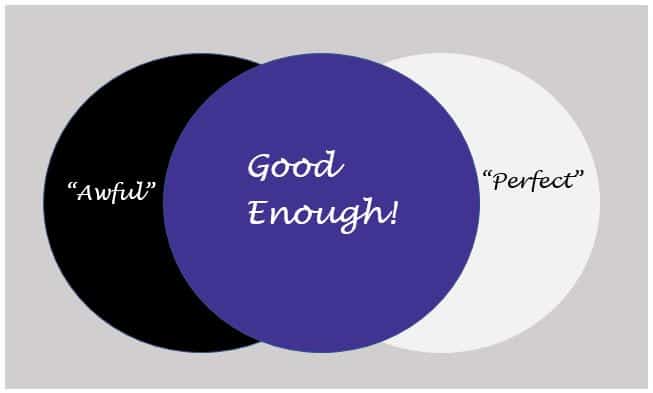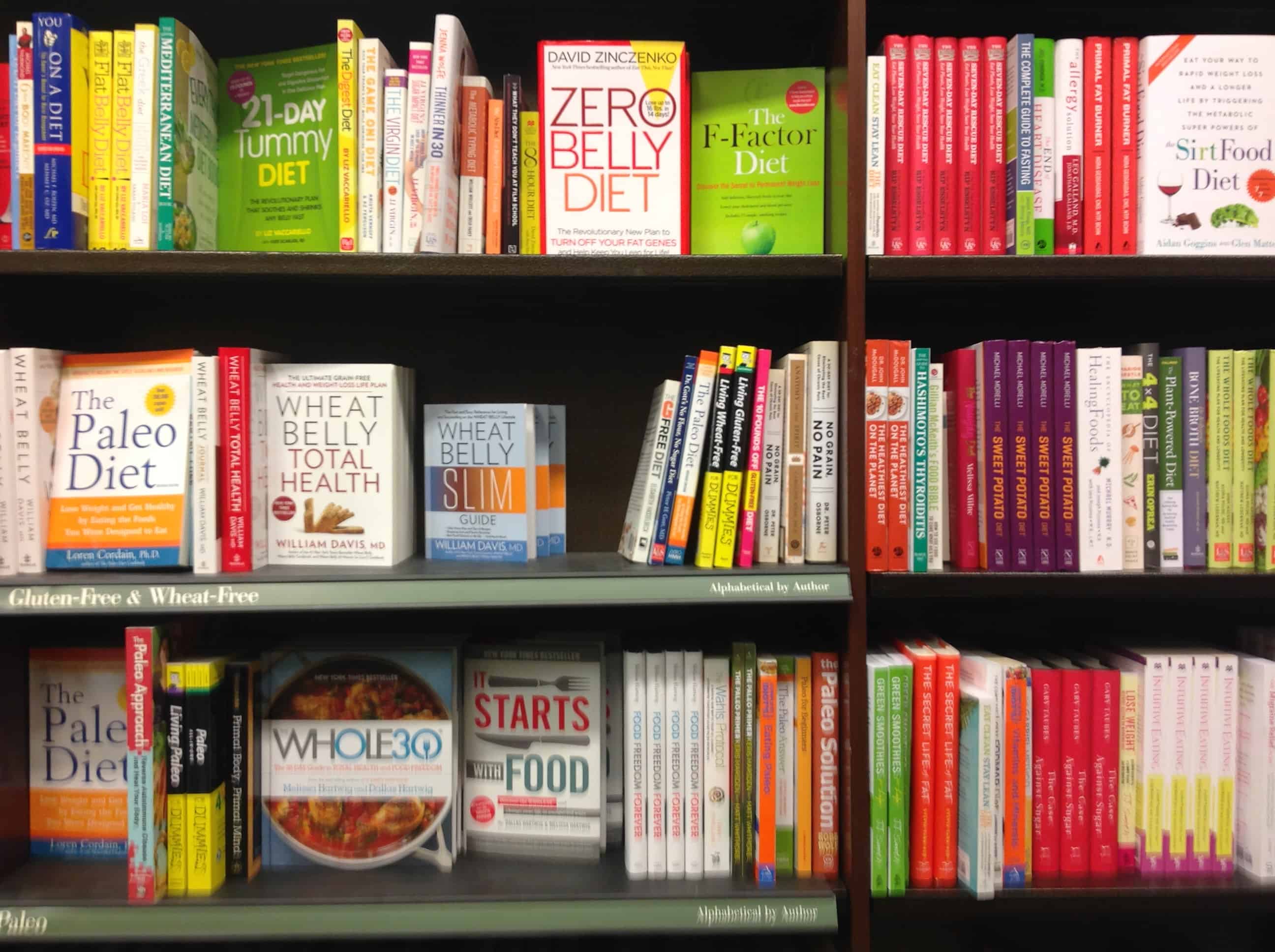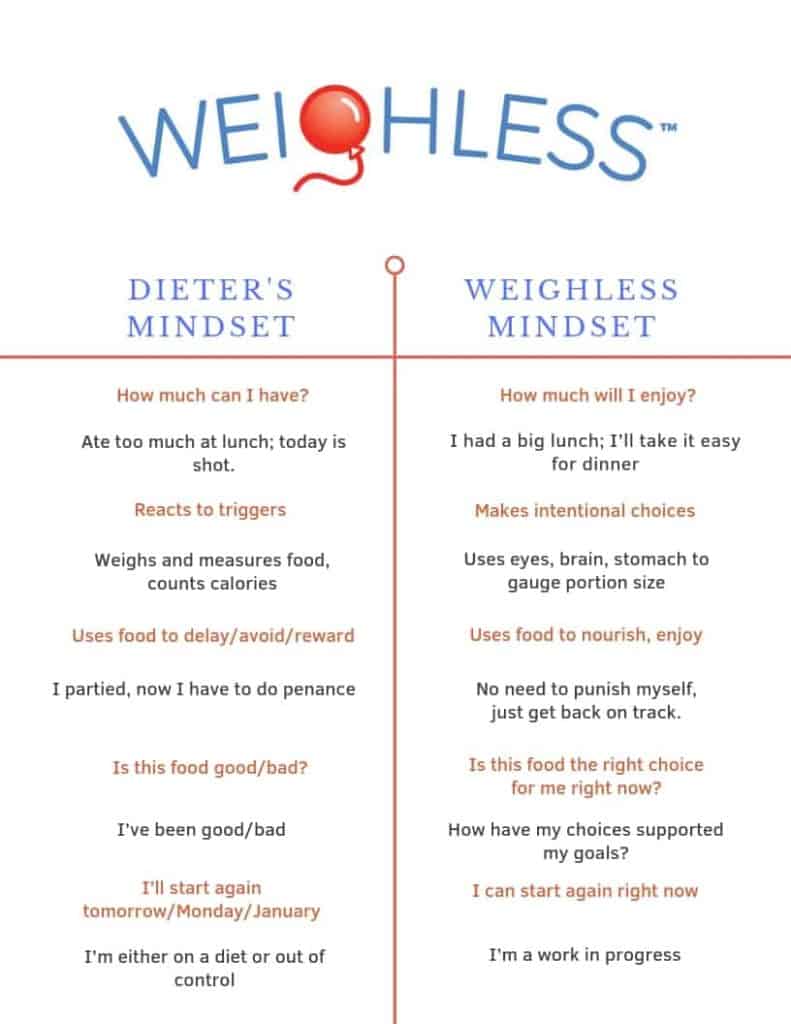Think you don’t have time to get your diet under control?
What if you could improve your eating habits in just 2 minutes a day?
The Nutrition GPA™ app (recently named by the New York Times as one of 4 Best Food Tracking apps) asks you ten yes-or-no questions about what you ate that day and then gives you a grade for that day’s nutrition. Not happy with your grade? You’ll know exactly what to do differently tomorrow.
It’s a fun and easy way to create awareness of how your choices impact your nutrition and health. And it’s not just about cutting things out of your diet! It’s also about adding more healthy foods to your day.
The daily quiz takes less than two minutes a day (a lot less time than logging everything you eat into a food tracker!) and gives you an accurate picture of how your choices stacked up nutritionally. But the real power is in taking the quiz every day, because your daily scores are averaged to reveal your customized Nutrition Grade Point Average (GPA).
And here’s the good news: Your diet doesn’t have to be perfect in order to be healthy! A Nutrition GPA of B or better means you have a healthy diet, but still leaves room for some treats and indulgences.
READY TO ADD THE JET FUEL?
Knowing is one thing. Doing another. And that’s where the 30-Day Nutrition Upgrade™ program comes in. This online group challenge combines the awareness and accountability of the Nutrition GPA with the power of community and expert coaching to create positive momentum that will last far longer than 30 days.
One recent participant wrote:
“This has been a really, really great experience. I’ve wanted to eat healthier for a long time and always got overwhelmed and confused not really knowing where to start. This has been a super easy, accessible way to start. I’m very grateful!”
Another said:
“This program is really helping me fix my attitude towards food. Previously, if I had a “bad” meal, I would write off the rest of the day (or week!). Last night I had Chinese takeout for dinner. Because I’d had such healthful meals earlier in the day, I still scored a B. After I’d eaten, rather than feeling guilty or wallowing all evening, I got up and prepped breakfast and lunch for today so I’m on track for my A. One meal does not a whole diet make (or break!).”
The next round of the 30-Day Nutrition Upgrade starts soon and I’d love for you to join us!
In a live one-hour kickoff, I’ll explain the research and nutritional science behind the app, how the questions were designed, and why it works. Then, you’ll have daily access to hundreds of current Upgraders and alumni who will cheer you on, plus a direct line to me with your thorniest diet and nutrition questions!
Over the course of these 30 days, you’ll experience how small, sustainable changes can fit into any lifestyle–and will have a positive impact for years to come.
Come join us! Can’t wait to see you there.

 How many times have you abandoned a new program or approach because you broke a “rule” and ate something that you weren’t “supposed” to?
How many times have you abandoned a new program or approach because you broke a “rule” and ate something that you weren’t “supposed” to?
 Most diets pay way too much attention to what you eat and not enough to why and how you are eating it. You get detailed instructions about exactly what to eat and what not to eat. And if you follow the instructions, you will almost certainly lose weight.
Most diets pay way too much attention to what you eat and not enough to why and how you are eating it. You get detailed instructions about exactly what to eat and what not to eat. And if you follow the instructions, you will almost certainly lose weight.
